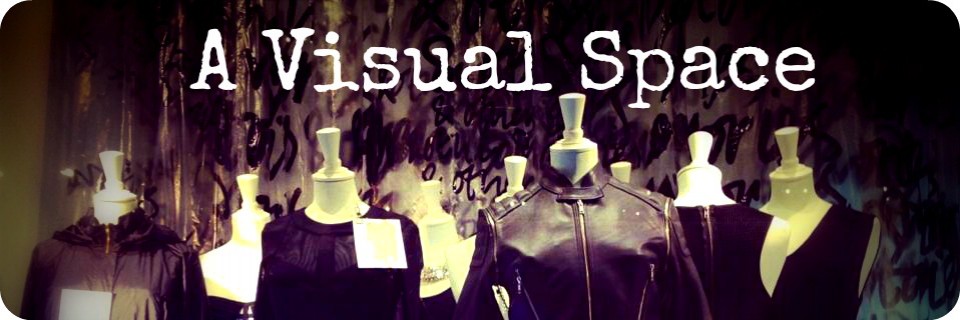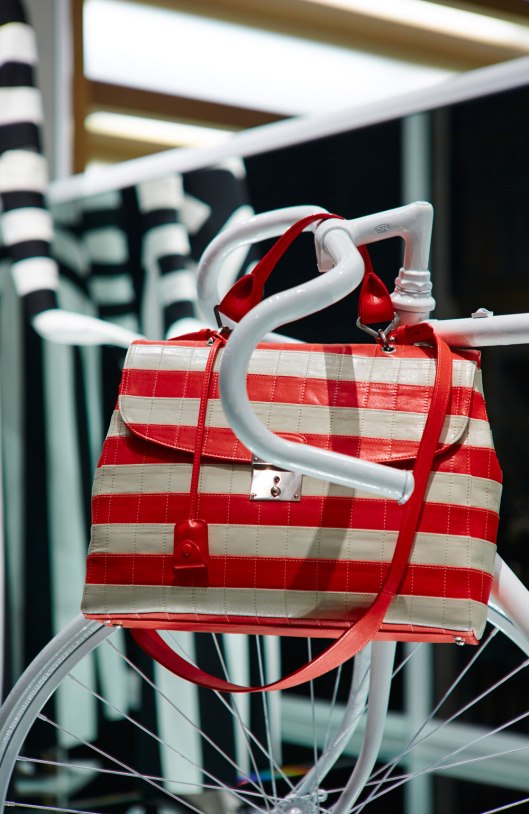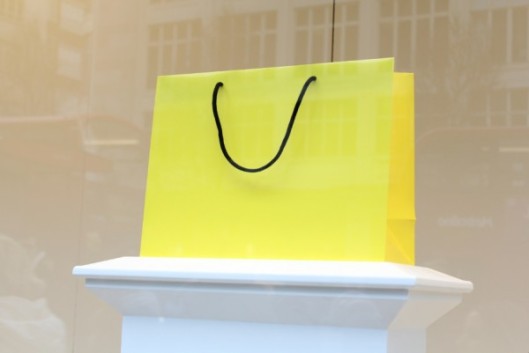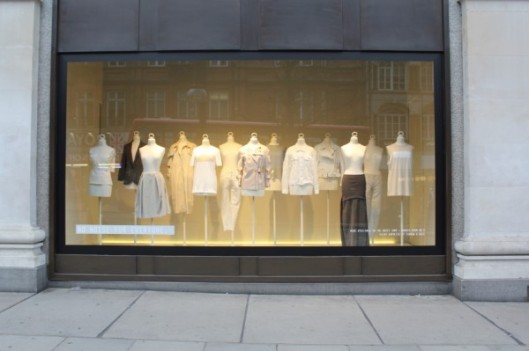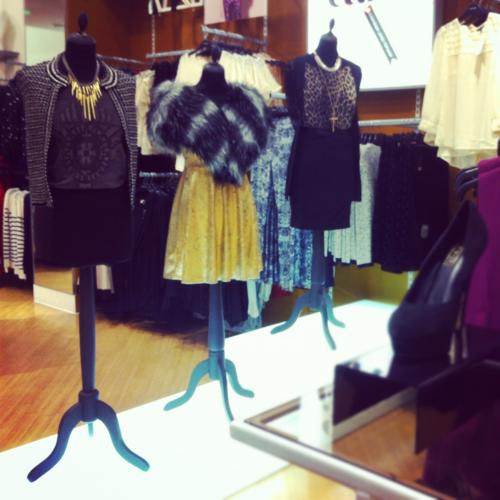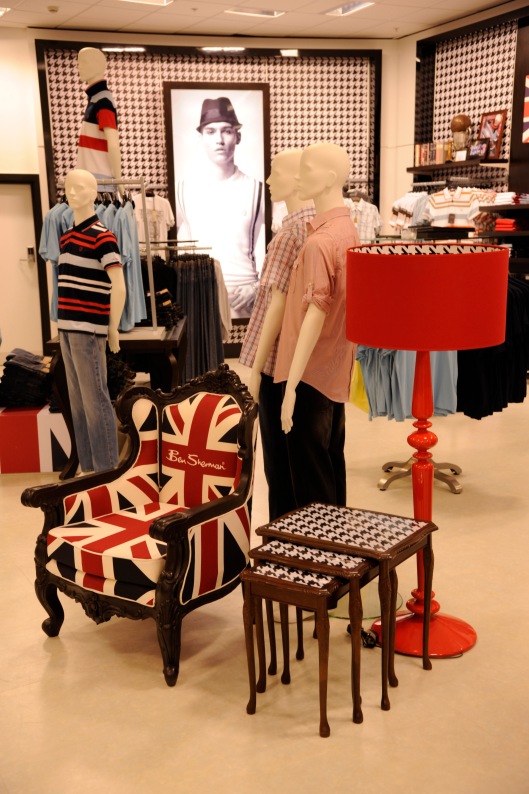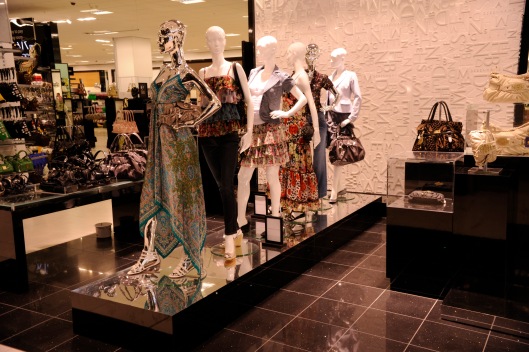Tags
Chameleon Visual, Marc Jacobs, monochrome, Mount Street, shop window, trend, visual merchandiser, visual merchandising
It’s unavoidable, the monochrome trend is EVERYWHERE and visual merchandising is no exception.
The Marc Jacobs Spring/Summer ’13 show was monochrome madness. Sexed up 60’s beehives and stripes were the focus of his catwalk. The striped black and white shirts and trousers reminded me of the film ‘Beetlejuice’ and the red and white outfits were reminiscent of yummy candy canes. The British high street has already created copies; monochrome will be the biggest trend for S/S ’13.
Marc Jacobs has recreated his catwalk looks for his shop window in London. Chameleon Visual created the display for the Mount Street boutique in London. Optical illusions have been produced refracting the monochrome lines in the garments; this was made by an illusion box being part of the creation. Inspiration has been taken from his kaleidoscope Spring/Summer ’13 advertising campaign, which features the Australian beauty Ruby Jean Wilson.
The geometric optical illusion makes this monochrome shop window playful but chic. White painted bicycles are another fun aspect to the creation and are a more creative way of displaying accessories.
Chameleon Visual has created a fresh take on the monochrome trend, so different to the typical floral Spring/Summer ideas that stores regurgitate every March, I love it.
*Credit to Chameleon Visual for the images
